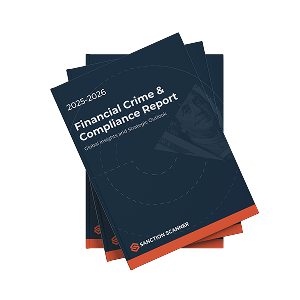Spain's AML framework is detailed in our whitepaper, which provides an in-depth analysis of the country's strategies to combat financial crimes. The whitepaper covers the evolution of AML measures from their inception in 1988, focusing initially on drug trafficking, to their expansion to encompass a broader range of financial crimes.
Key Insights:
- Historical Context: Spain's legislative efforts against money laundering began in 1988, with significant expansions in 1995 and 2003 to address a wider array of financial crimes.
- Regulatory Bodies: SEPBLAC, the Bank of Spain, CNMV, and the DGSFP play crucial roles in enforcing AML compliance across various sectors.
- Legislation and Compliance: Law 10/2010 mandates a risk-based approach to AML, enhanced by the adoption of the EU's Sixth Anti-Money Laundering Directive (6AMLD), which tightens definitions and penalties for money laundering.
- Sector-Specific Focus: Regulations such as Royal Decree 304/2014 address money laundering risks in the gambling sector, while upcoming laws will extend AML rules to cryptocurrencies.
- FATF Evaluations: Regulations such as Royal Decree 304/2014 address money laundering risks in the gambling sector, while upcoming laws will extend AML rules to cryptocurrencies.
This whitepaper is essential for entities navigating the complexities of AML regulations in Spain, offering insights into maintaining compliance and safeguarding against financial crimes. To access the full analysis, fill out the form.
